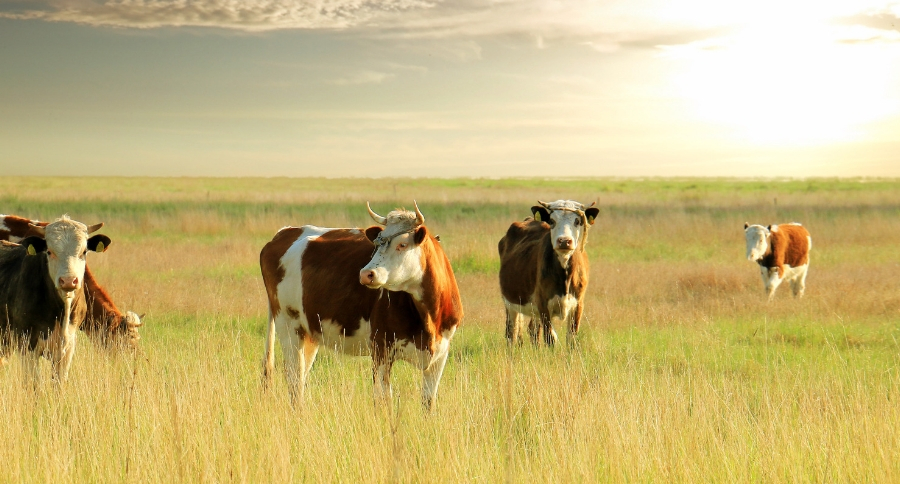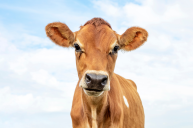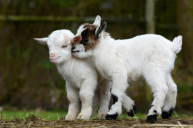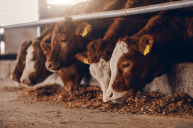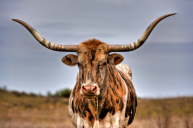A cow and heifer - what exactly is the difference? A cow is not a blanket term after all, and there are some physical differences between these two. The udder! Cows are the more mature bovine and our staff researched some cattle terminology for those interested in this beautiful hoofed creature.
When it comes to farm animals - male and female terms typically differ. In this case, the main difference is "young cows and old cows," and when they have their first calf. These definitions are applicable across different parts of the world!
For more details about the differences, read on! Can you guess what they are yet? The one thing they have in common? Cows and heifers are female! Heifers are immature females vs. mature cows that have had a calf.
Cows
https://www.instagram.com/p/BqmlaWog2_3/
An adult female that has had a calf or two is a cow. And a mature cow or a full-fledged cow will have had at least two calves. A newborn calf (baby male and female cattle) is often called a weaner once they're weaned, and then yearlings once they're a year or two old.
Under natural conditions, newborn calves stay with their mother until weaning at 8 to 11 months. Heifer and bull calves are attached to their mothers in the first few months of life.
Heifers
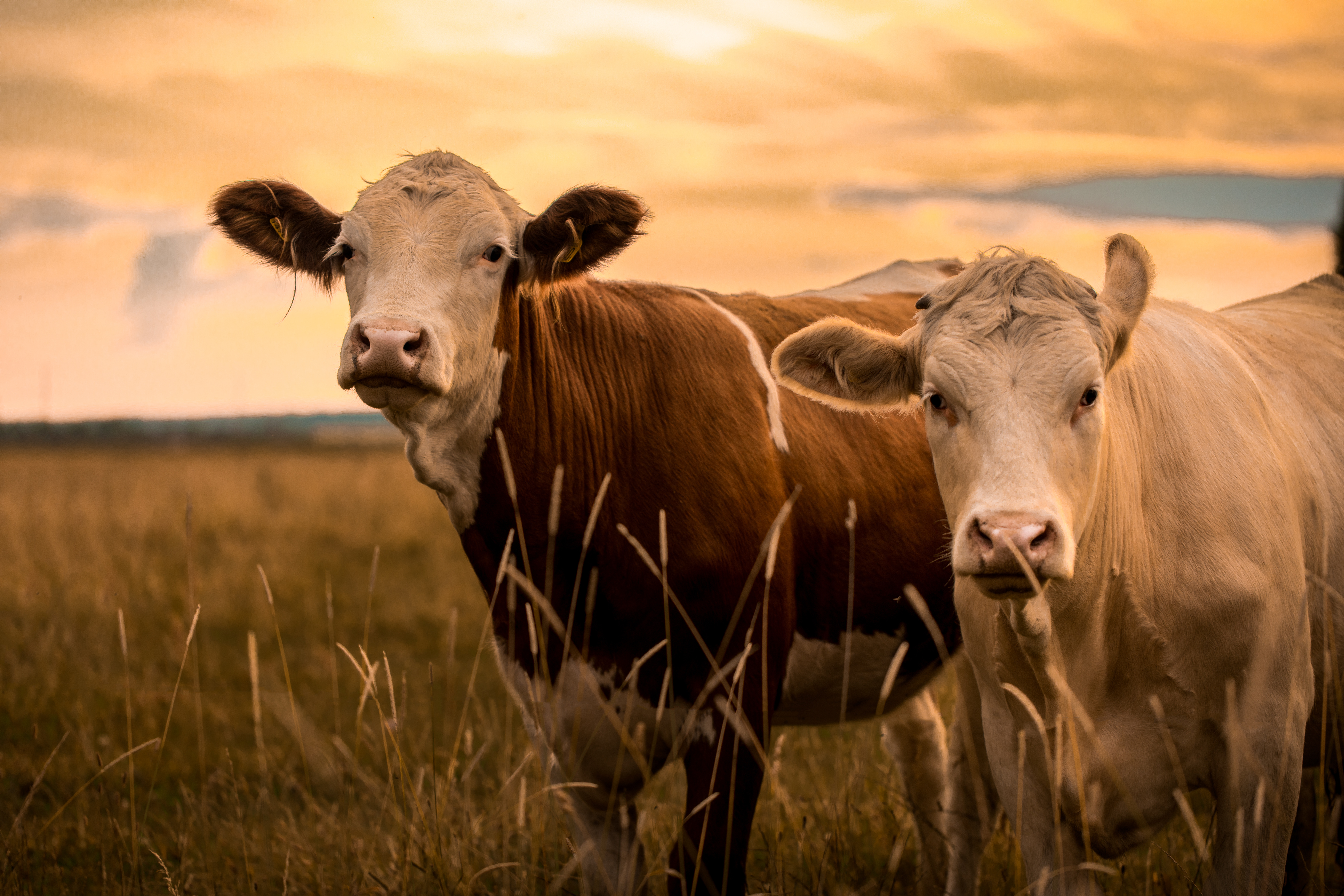
A heifer is a young female before she has had a calf of her own and is under three years of age. A springer is a cow or heifer close to calving.
Need more cow descriptions? Cattle bred specifically for milk production are called dairy cattle and a fresh cow is a dairy term for a cow or first-calf heifer who has recently given birth. Cows of certain breeds that are kept for the milk they give are called milking cows.
Heifers are bred once they reach maturity (about 12 to 14 months), according to University of Nebraska-Lincoln. When it comes to body condition scores, heifers are similar in appearance to cows but lack the prominent hips and thick middles.
For information about cattle breeds, breeding females, when heifers reach sexual maturity, and overall statistics on the cattle species, contact Oklahoma State University. And beyond just the classification, here are the...
Physical Differences

The udder is the biggest difference. Cows have very developed udders (with teats) for milk production. The Differencebetween.net site also tells us,
"Heifers do not seem to have udders. Cows have more prominent vulvas as compared to those of the heifers."
Glossary of cow terms:
https://www.instagram.com/p/Bqn1Yrdl7XN/
Here is some cattle terminology:
"Cow: a mature female bovine that has given birth to at least one or two calves. Colloquially, the term "cow" is also in reference to the Bos primigenius species of domestic cattle, regardless of age, gender, breed or type. However, for most people who work with or raise cattle, this term is not used in the same reference as previously noted.
Heifer: a female bovine (often immature, but beyond the "calf" stage) less than 1 to 2 years of age that has never calved. Such females, if they've never calved beyond two years of age may also be called heiferettes.
Bred Heifer: a female bovine that is pregnant with her first calf."
Other cattle terminology not included above are beef cattle, or cattle raised for human consumption. Within the American beef cattle industry, the older term beef is still used to refer to an animal of either sex.
An intact male or intact adult male is called a bull and a castrated male is called a steer. Warning! Bulls with mature cows and newborn calves tend to be dangerous! It's important to be careful if you need to approach a cow herd with calves.
And cattle can be huge! Have you seen Texas Longhorns?
Did you already know the difference? Tell us in the comments below.
